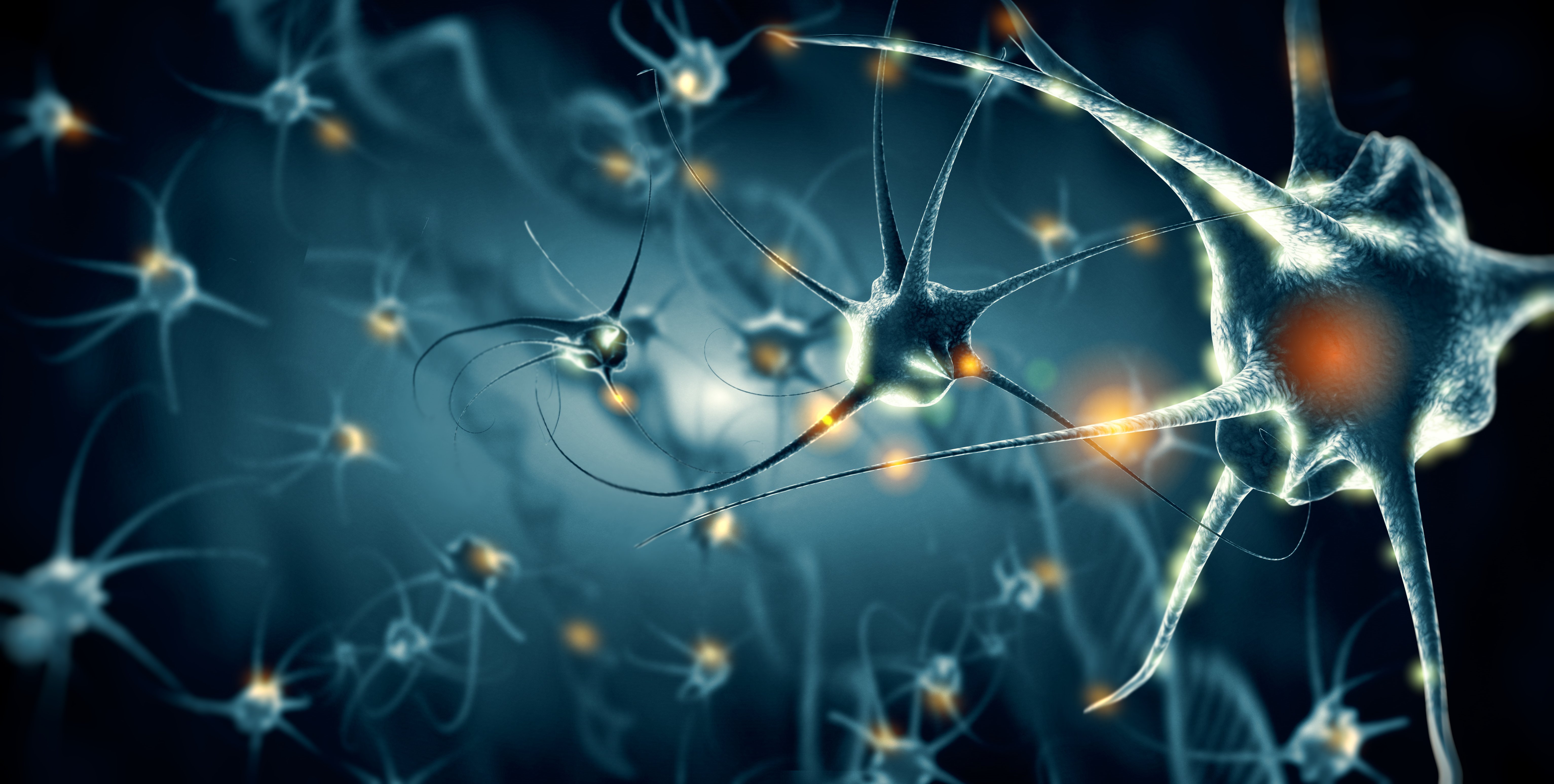- Other Products
- CCP
Neurofilaments are parts of the cytoskeletal structure of neurons and are abundantly found in axons. They are important for maintaining size and providing structural support for the neuron. There are currently five known neurofilament proteins that can co-assemble in different combinations. Originally, only three neurofilament proteins, named based on their size, were known: neurofilament light (NfL), medium (NfM) and high (NfH).


Neurofilaments are parts of the cytoskeletal structure of neurons and are abundantly found in axons. They are important for maintaining size and providing structural support for the neuron. There are currently five known neurofilament proteins that can co-assemble in different combinations. Originally, only three neurofilament proteins, named based on their size, were known: neurofilament light (NfL), medium (NfM) and high (NfH).
Upon neural damage in the central nervous system (CNS), neurofilament proteins are released into the cerebrospinal fluid (CSF) and can be used as biomarkers for axonal damage and neuronal death. In this context, NfL is the most commonly used biomarker.
There are a number of diseases and disorders where the ability to measure neural damage is essential. NfL has is being used as a marker for disease activity and progression in several neurological diseases such as Alzheimer’s disease, stroke, ALS, frontotemporal dementia and multiple sclerosis. In addition, NfL has been associated with disorders of the paraneoplastic CNS and the peripheral nervous system.
What makes NfL especially interesting is that it appears to be a general marker of neurological damage and is not disease specific. This means that NfL markers can be used in neurological disorders where no good markers exist today. Another advantage of using NfL is its flexibility as it can be used as a biomarker for both disease state, prognosis and response to treatment.
Most studies on NfL in disease have measured the protein in CSF. However, CSF sampling is invasive and requires lumbar puncture, which has led scientists to look for NfL in other biofluids. One interesting new technique is single molecule array (Simoa), a form of super-sensitive ELISA, that can be used to measure very low concentrations of protein. Measurements of NfL concentration in blood serum using this technique correlate very well with those found in CSF, which allows patient NfL measurements to be taken from simple blood tests – a far less invasive and more accessible method.
Wieslab Diagnostic Services now offer NfL testing in CSF, serum, and plasma, using Simoa. We also offer fast and accurate clinical testing for a wide range of other diagnostic markers.